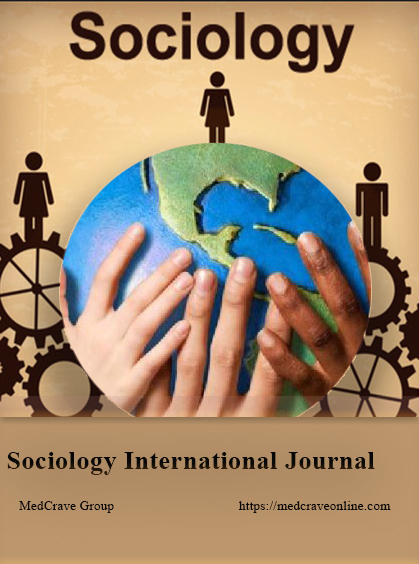Commodity fetishism revisited: historical-materialist orientations on art and literature
Commodity fetishism revisited: historical-materialist orientations on art and literature
Author(s): E San JuanSubject(s): Sociology of Art
Published by: MedCrave Group Kft.
Keywords: historical; materialist; orientations; art; literature; conundrum; million; pronouncements; planning; recognizable
Summary/Abstract: In Sotheby's contemporary art auction last November 2013, avant-garde art confirmed its absorption by the market with the $104.5 million sale of Andy Warhol's 1963 "Silver Car Crash (Double Disaster)". In 2007, his "Green Car Crash" sold for $1.7 million, proof that the aura of the name dictates market value, with the subject or content of the art work adding enough differentia specifica to mark its historical period or milieu. In the past, Francis Bacon's "Three Studies of Lucien Freud" sold for $142.4 million while Gerhard Richert's abstract "A.B. Courbet" sold for $26.4 million and Cy Twombly's "Poems to the Sea" (1959 drawings) sold for $21.6 million (New York Times 2013). Commodification seems to have climaxed in a species of postmodern aesthetics designated "conceptual" and "post-conceptual. Exchange-value (embodied in money as cause) has displaced use-value (now conceived as effect). At the outset, the term "conceptual" art offers a conundrum since it is not clear what concept is referred to, or whether the term designates the artist's intention. A metalepsis seems to have occurred. Art generates the concept (telos; universal significance) instead of the concept (vision or intuition) engendering the performative discursive practice.
Journal: Sociology International Journal
- Issue Year: 2/2018
- Issue No: 6
- Page Range: 513-519
- Page Count: 7
- Language: English

